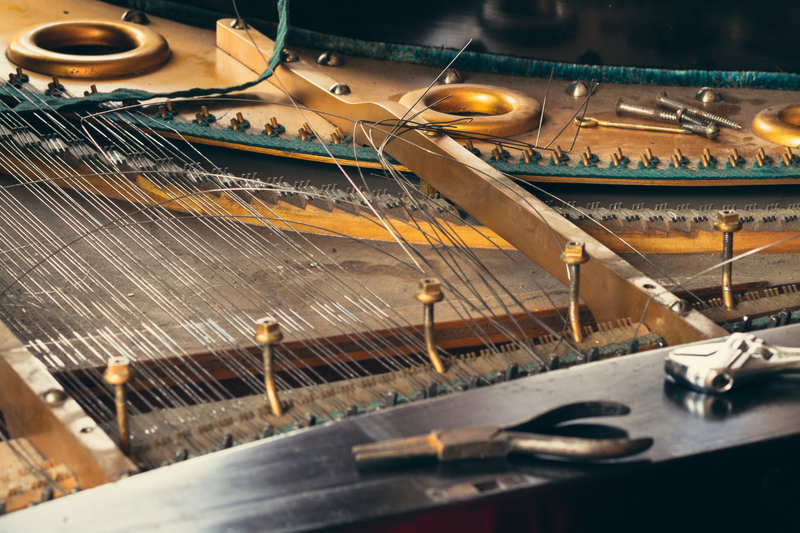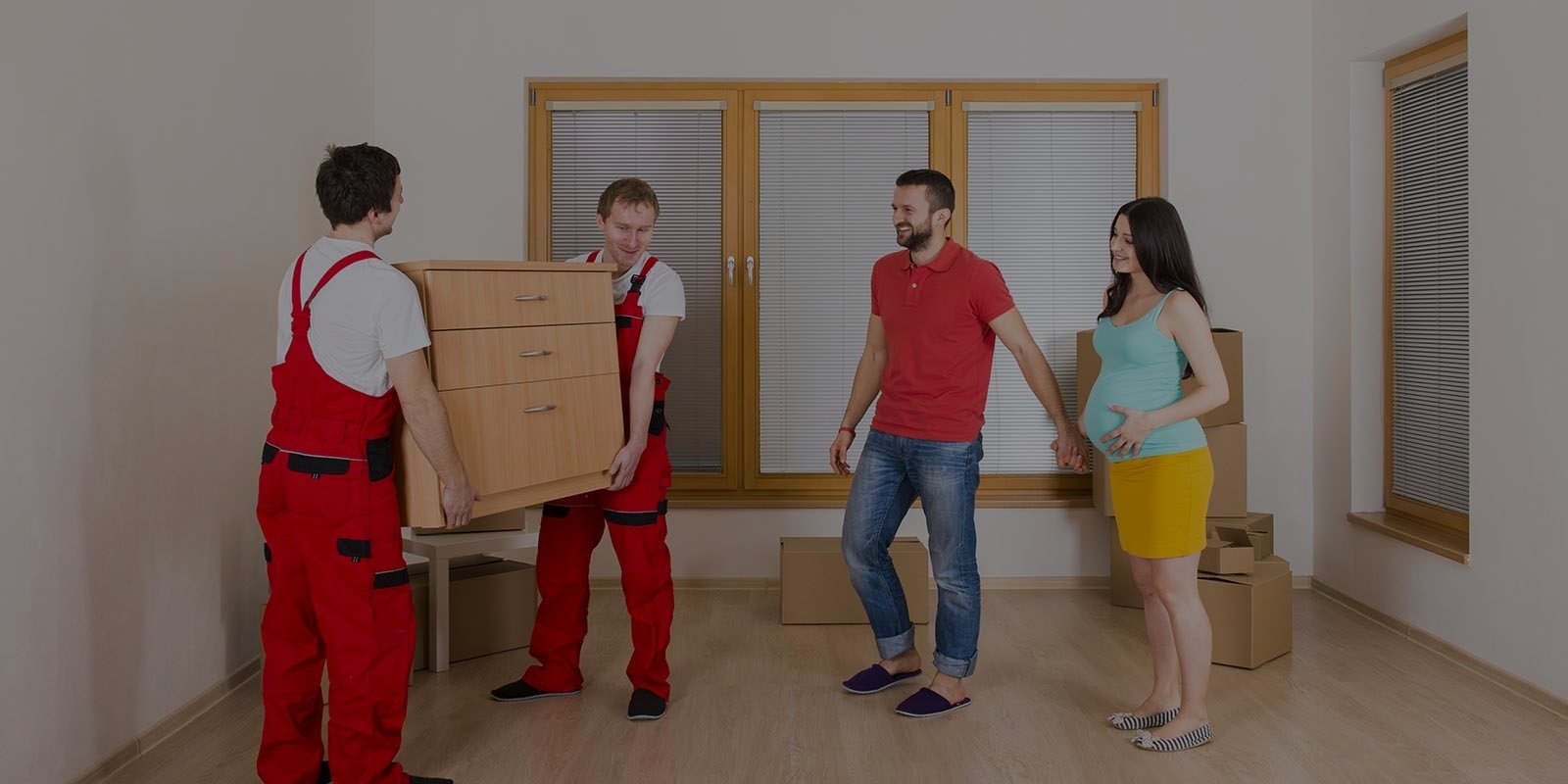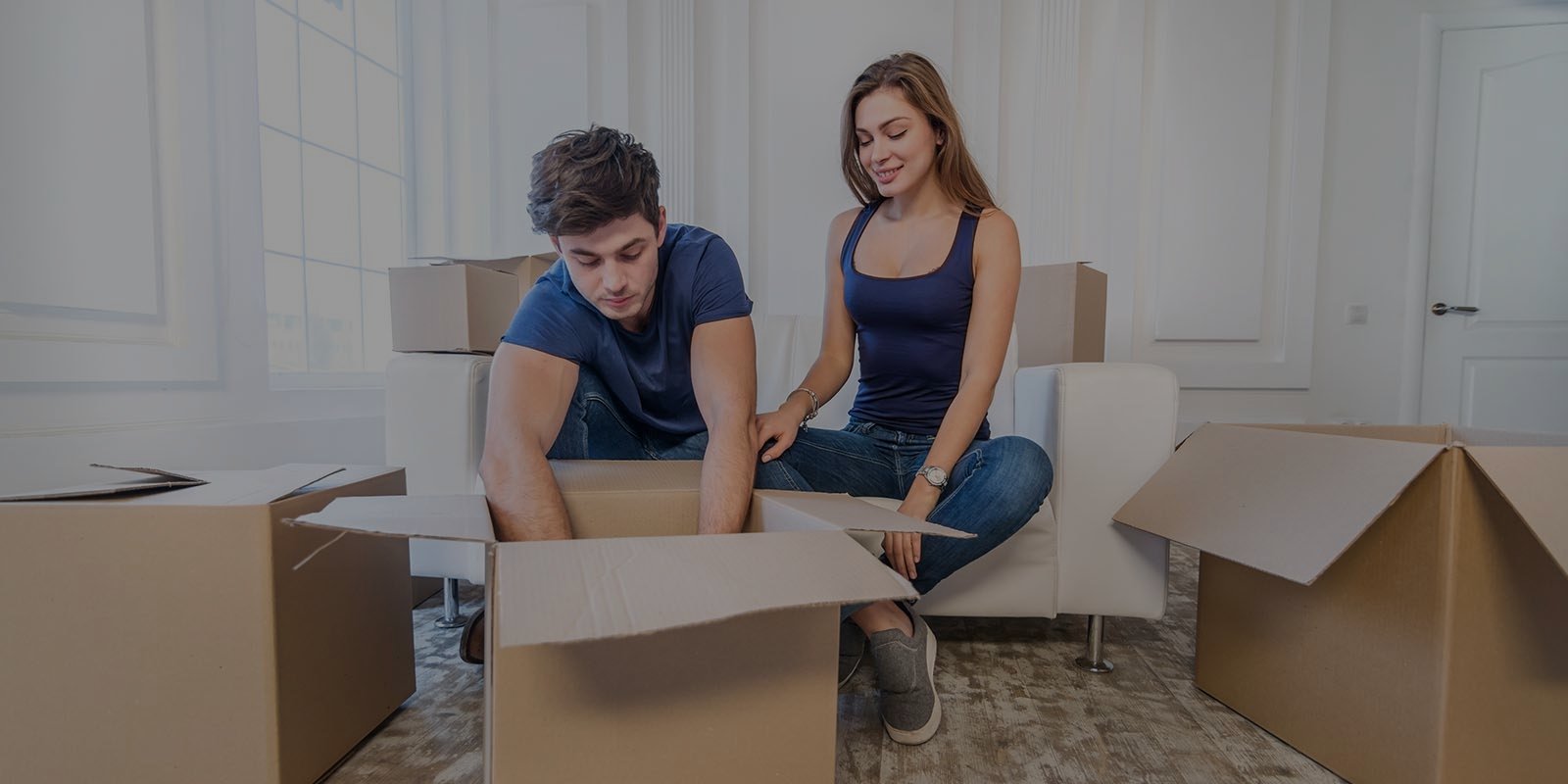Safety First: Pros vs. Pianos on the Move
Posted on 03/06/2025
Safety First: Pros vs. Pianos on the Move
Moving a piano is a challenging, delicate, and potentially hazardous task. Pianos are not just heavy; they're also intricate, valuable, and often sentimental possessions. Whether you're relocating across town or just to another room, the question arises: Should you hire professional movers or attempt a DIY move with friends? In this comprehensive article, we'll explore safety tips, compare do-it-yourself versus professional piano moving, and provide an in-depth look at what it takes to protect your piano--and your well-being--throughout the process.

The Complexity of Pianos: More Than Just Size and Weight
Pianos come in many shapes and sizes, from the delicate spinet to the grandest concert model. Yet, regardless of type, all pianos share one thing in common: they are complex machines comprised of thousands of moving parts. Many piano owners underestimate the difficulty involved in moving something that:
- Can weigh from 300 lbs (upright models) to over 1,200 lbs (concert grands)
- Contains sensitive internal components such as strings, hammers, and the soundboard
- Has a finish that can scratch or chip easily
*The risk of personal injury or property damage is high when safety is not prioritized.*
The Hazards of Moving a Piano
Let's take a closer look at why piano moving safety is paramount:
- Physical Injuries: Musculoskeletal strains, back injuries, crushed fingers, and stubbed toes are common among amateurs who attempt to move pianos without proper planning.
- Piano Damage: A short slip or a bump can cause costly, sometimes irreparable, damage to the intricate mechanism or external finish.
- Home Damage: Walls, floors, stairs, and door frames are frequently scarred or gouged by poorly planned moves.
- Loss of Tuning: Pianos are sensitive to movement and jostling, and improper handling can necessitate complete retuning or repairs.
Understanding the Anatomy of a Piano Move
Moving a piano involves several stages, each with inherent risks:
- Assessment: Evaluating the piano's size, weight, and moving pathway.
- Disassembly (if needed): Removing legs, pedals, or music stands on grands to facilitate safe passage.
- Lifting and Loading: Leveraging equipment like dollies, straps, and moving blankets while managing balance and clearance.
- Transport: Securing the piano in a moving vehicle to prevent shift or impact.
- Unloading and Placement: Safe descent from the vehicle and precise placement at the new location.
DIY Piano Moving: Do's, Don'ts, and Dangers
Many ambitious do-it-yourselfers consider moving a piano to save money. However, saving a few dollars may not be worth the risk if proper safety precautions and expertise are lacking.
When Might DIY Piano Moving Be Possible?
- The piano is a spinet or small upright, weighing under 400 lbs.
- The move is within the same room or on the same level--no stairs or tight turns.
- You have several able-bodied helpers and access to proper moving tools.
- The path is clear, with no obstacles or hazards.
The Risks of DIY Piano Moving
Homeowners often underestimate the complexity involved. The most frequent mistakes include:
- Lifting the piano incorrectly, leading to back strains or slip-and-fall injuries.
- Underestimating the weight and balance, resulting in the instrument tipping or dropping.
- Using inadequate equipment, such as regular furniture dollies or makeshift straps.
- Failing to protect floors and walls from scratches, dents, and scrapes.
- Neglecting to secure the piano properly during vehicle transport.
Did you know? Piano movers receive extensive training on technique, leverage, and teamwork--growth that a one-time mover simply does not have.
The Professional Advantage: Why Hire Piano Movers?
Professional piano moving services exist for good reason. Piano movers combine specialized equipment, knowledge of piano construction, extensive experience, and insurance coverage. Here's what sets them apart:
1. Expertise in Piano Handling
- Assessment & Planning: Pros evaluate dimensions, weights, building access, turns, and obstacles to craft a custom move plan.
- Disassembly & Reassembly: Movers know precisely how to remove and reinstall delicate parts without causing damage.
- Balance & Leverage: Understanding weight distribution prevents tipping and protects components.
2. Professional Tools & Equipment
- Padded dollies, heavy-duty straps, ramps, skids, and protective wraps
- Floor, wall, and stairway coverings to protect property
- Specialized crating for long-distance or international piano moving
3. Insurance & Liability
- If an accident occurs: Your piano and property are covered by mover's liability insurance--unlike DIY scenarios.
- Peace of mind: If the worst happens, a professional claim covers the loss or repair.
4. Efficiency & Reliability
- Professionals work quickly yet carefully, minimizing downtime and risk.
- They can navigate tight spaces, multi-story buildings, or complex logistics confidently.
Cost Comparison: DIY Vs. Pros for Piano Moving
The cost of professional piano moving varies with factors like weight, distance, and complexity:
- Local upright piano moves: $150-$350
- Baby grands or concert grands: $300-$800 locally
- Long-distance moves: Varies ($400 and up)
In DIY scenarios, initial costs might seem lower--a truck rental and some pizza for friends. But consider the potential for:
- Medical expenses if someone is injured
- Repair costs for scratched floors or a damaged piano
- Unexpected equipment rental fees
Professional piano movers can actually save money in the long run by preventing costly mishaps.
Checklist: How to Prepare for a Safe Piano Move
Whether hiring the pros or going DIY, preparation is vital for piano moving safety:
- Measure Everything: Doors, hallways, stairs, and the piano itself. Make sure there's a clear path!
- Communicate With Your Movers: Share obstacles, stairs, and parking access in advance.
- Protect the Pathway: Use blankets, plywood, or cardboard to safeguard floors and walls.
- Remove Obstructions: Clear out furniture, rugs, and decor along the moving route.
- Lock or Secure the Keyboard Lid: Prevent accidental opening or breakage.
- Inform Building Management: If in an apartment or condo, coordinate move-in/out procedures.
- Plan for Retuning: Pianos will likely need tuning after any move, keep that in your schedule and budget.
Real Stories: When Piano Moving Goes Wrong
It's not uncommon to find "piano moving fails" on social media or home improvement forums. Some cautionary tales include:
- A baby grand dropping down a staircase and crashing through a wall, causing both instrument and property damage.
- Fingers caught beneath an upright as it tipped off a poorly balanced dolly, sending someone to the ER.
- Expensive hardwood floors scratched or cracked from a misjudged hallway turn.
Don't let your piano move become a disaster: Put safety and proper technique above saving a few dollars.
Special Considerations: Stairs, Elevators, and Tight Spaces
Certain scenarios can turn a straightforward piano move into a logistical nightmare:
- Stairs: Negotiating staircases, especially with grand or older upright pianos, is risky. Piano movers use special skid boards to slide and control movement safely.
- Elevators: Sizing up elevator doors and weight restrictions can mean scheduling freight elevator access, floor protection, and maneuvering with precision.
- Narrow Hallways: Some moves may require removing doors or even sliding the piano upright to fit through tight spots, a tactic only experienced professionals should attempt.
Maintaining Your Piano After the Move
After your piano arrives at its new home, care doesn't stop:
- Let the piano sit for 2-3 weeks before tuning, as humidity changes may affect string tension and soundboard adjustment.
- Inspect for any signs of external damage and address issues promptly.
- Place the piano away from direct sunlight, heat sources, or dampness.
- Schedule professional cleaning or servicing if moving was particularly rough or long-distance.

Frequently Asked Questions About Safe Piano Moving
Can you move a grand piano by yourself?
No. Grand pianos are exceptionally heavy and fragile. Their unique shape and size make them nearly impossible to move safely without skilled professionals, proper disassembly, and specialty tools.
What insurance do piano movers carry?
Most professional piano movers carry both liability insurance (protecting your home and property) and cargo insurance (covering the value of the piano). Always verify coverage before booking.
How do professionals protect the piano during a move?
Movers wrap the piano in thick blankets, secure it with heavy-duty straps, and use dollies, skids, or special platforms to ensure safe, balanced transit. Every step--from lifting to reassembly--prioritizes piano and mover safety.
Why does my piano go out of tune after moving?
Even careful handling can't prevent changes in temperature, humidity, and vibration from affecting the sensitive internal workings. Professional tuning post-move is highly recommended.
Conclusion: Safety First--The Professional Choice Wins
Whether your piano is a family heirloom, a prized instrument, or simply an important piece of furniture, the risks of DIY moving simply aren't worth it. Professional piano movers have the knowledge, equipment, and insurance needed to guarantee a safe journey for your piano. Not only do they prevent human injury and property risk, but they also preserve the instrument's beauty and musicality.
For minimal stress and maximum safety, trust your piano move to the pros. Your back, your home, and your piano will thank you.
Need help moving a piano? Research reputable local piano moving companies, check reviews, and don't hesitate to invest in safety for your prized instrument.







